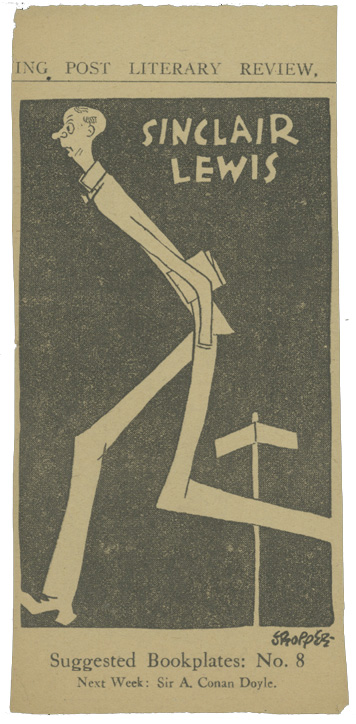

Gropper also illustrated pamphlets and books, including Alay-Oop, his own novel of "life and love among the acrobats told entirely in pictures."
26. William Gropper, Alay-Oop (New York: Coward-McCann, 1930).
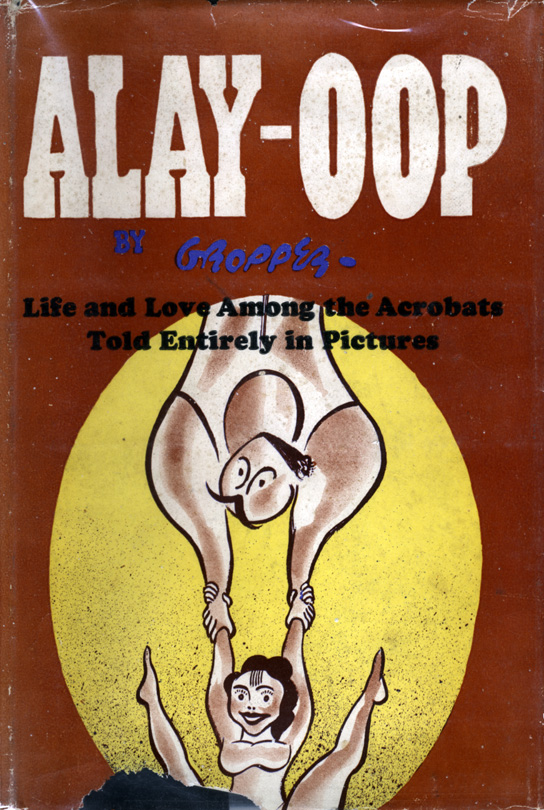
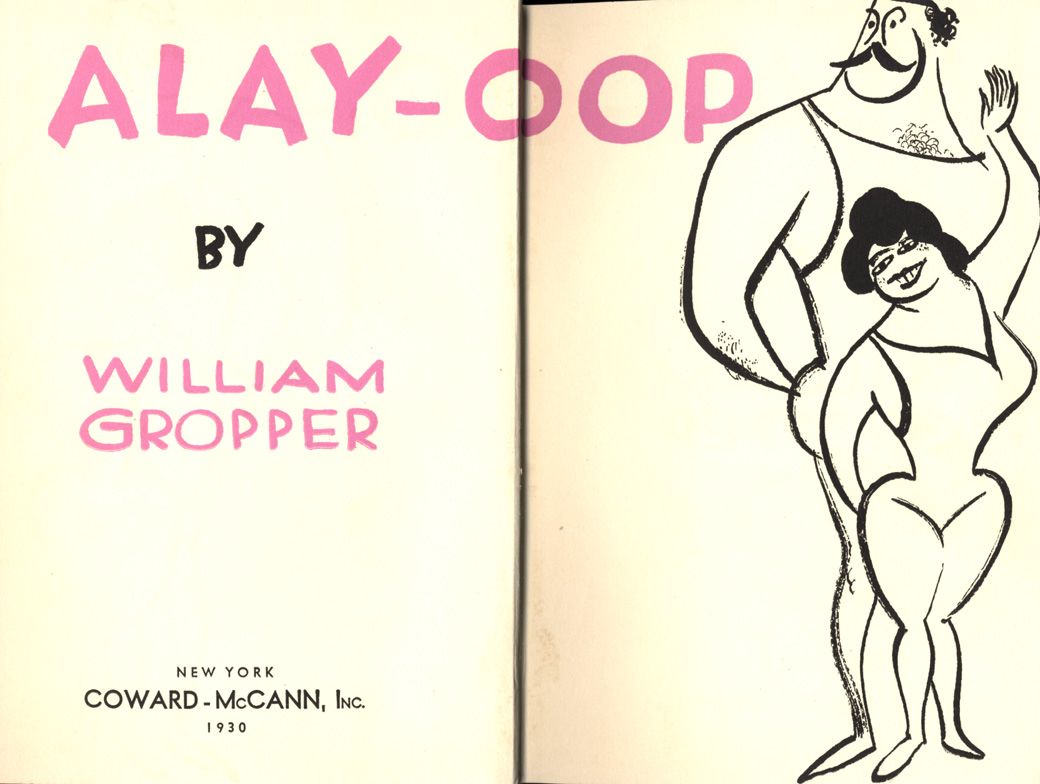
27. George Bernard Shaw, The Crime of Imprisonment, with illustrations by William Gropper (New York: Philosophical Library, c1946). The text is a reprinting of Shaw's essay that was included as a preface to Lord Olivier's report on English and American prison conditions following World War I and prepared for the British Labor Research Office.
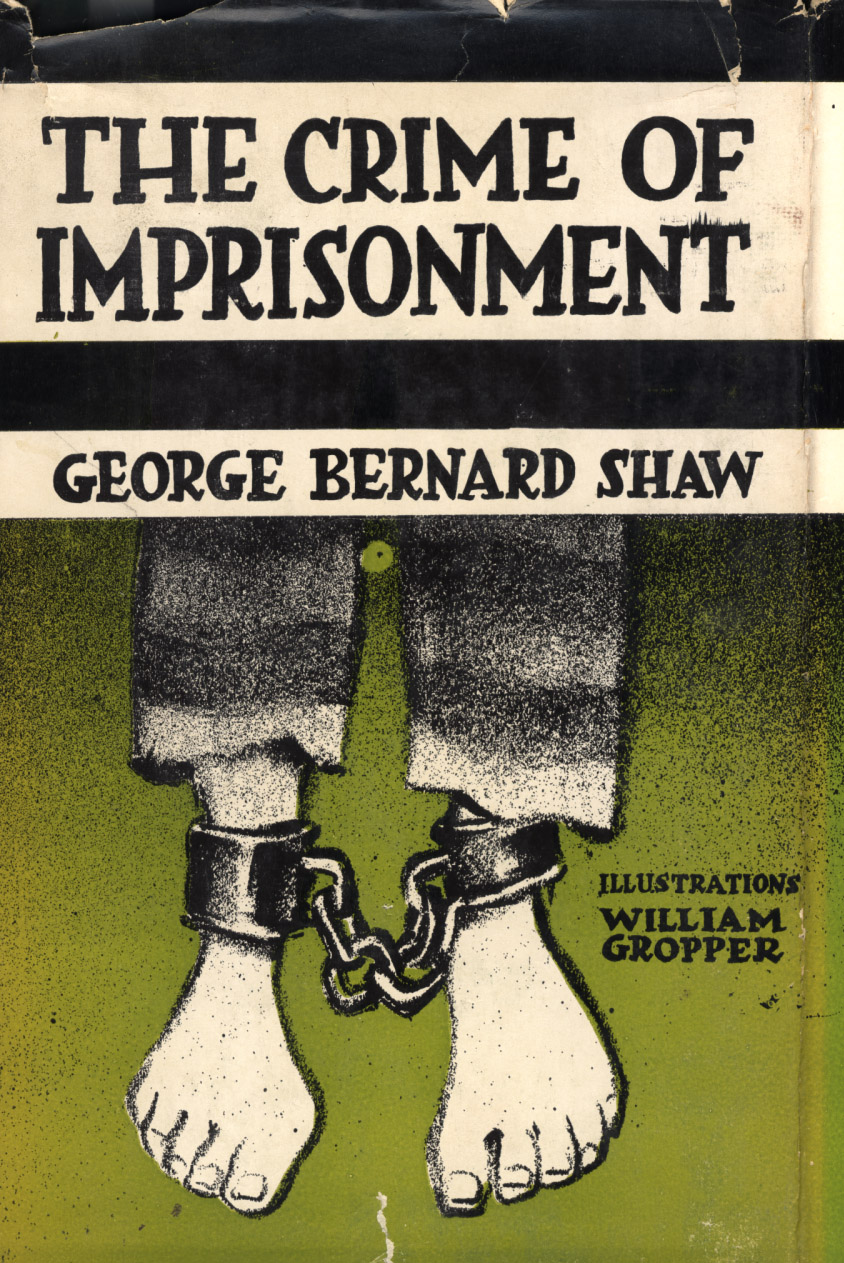
28. Burges Johnson, comp., More Necessary Nonsense, with illustrations by William Gropper (New York: Harper and Brothers, 1931).
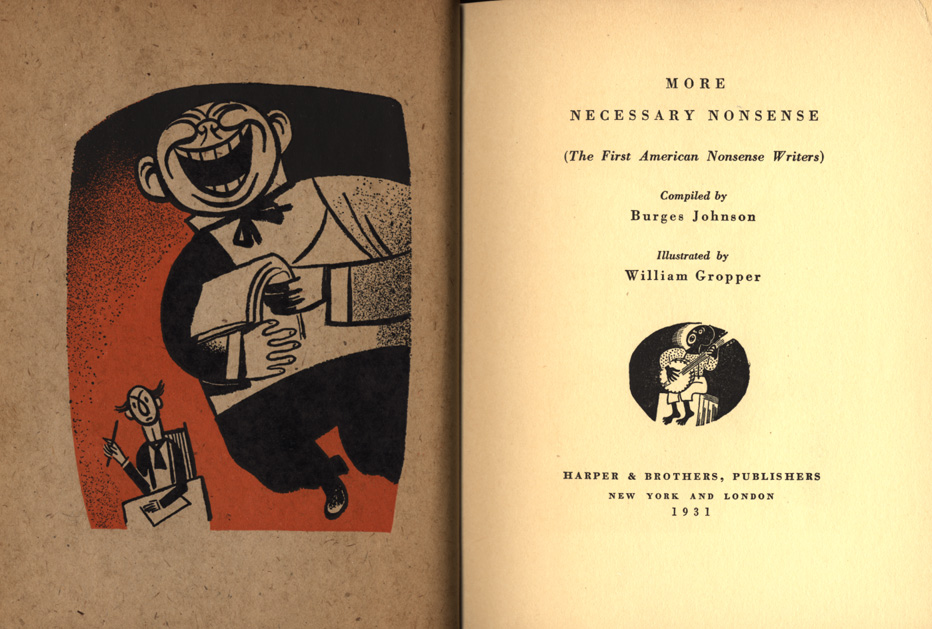
29. Rex Stout, ed., The Illustrious Dunderheads, with illustrations by William Gropper (New York: Alfred A. Knopf, 1942). Frank Sullivan described this in the introduction as "a collection of some of the silliest, stupidest, and most dangerous statements that have ever been made by men laying claim to being leaders of the American people" and "a sorry record of stupidity in high places; selected gems from the writings and roarings of some of the most outstanding bombasts whose oratory ever cracked the ceilings of the Capitol."

30. Harrison George, "A Noon-Hour Talk on the Communist Party," with illustrations by William Gropper (New York: Workers Library Publishers), n.d.
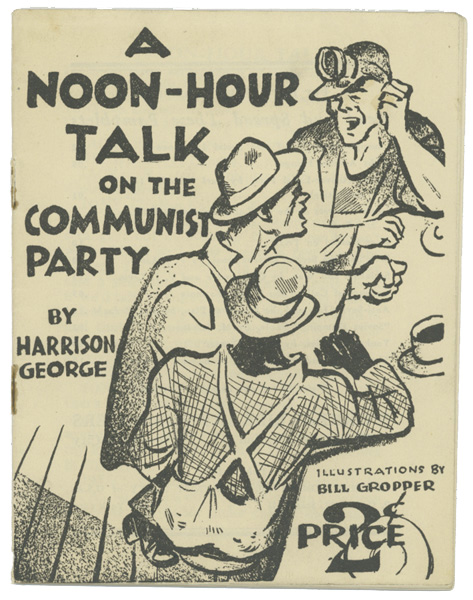
31. Howard Fast, Never to Forget: The Battle of the Warsaw Ghetto, with illustrations by William Gropper (New York: Book League of Jewish Peoples Fraternal Order, I.W.O., 1946).
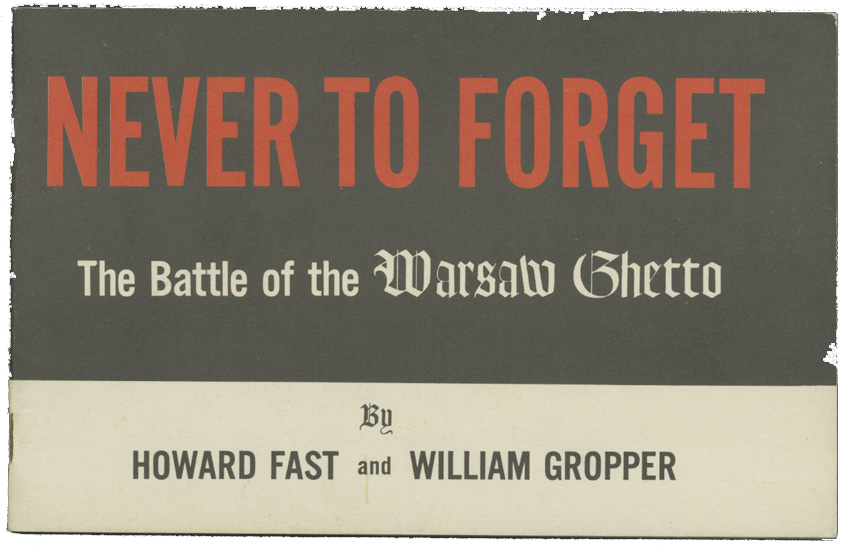

Gropper was well known for his caricatures of political and literary figures such as Sinclair Lewis. In 1927, Gropper joined Lewis and fellow writer Theodore Dreiser for a tour of the Soviet Union ten years after the Russian Revolution.
In his novel It Can't Happen Here, a fictional account of a fascist takeover of America, Lewis makes a reference on page 319 to Gropper and the New Masses:
But most of the New Masses, with a pious smugness unshaken by anything that has happened since 1935, was given over to the latest news about Marx, and to vilifying all agents of the New Underground, including those who had been clubbed and jailed and killed, as "reactionary stool pigeons for Fascism," and it was all nicely decorated with a Gropper cartoon showing Walt Trowbridge, in M. M. uniform, kissing the foot of Windrip.
32. Sinclair Lewis, It Can't Happen Here (Garden City, N.Y.: Sun Dial Press, c1935). This volume was the gift of Richard Wilson.
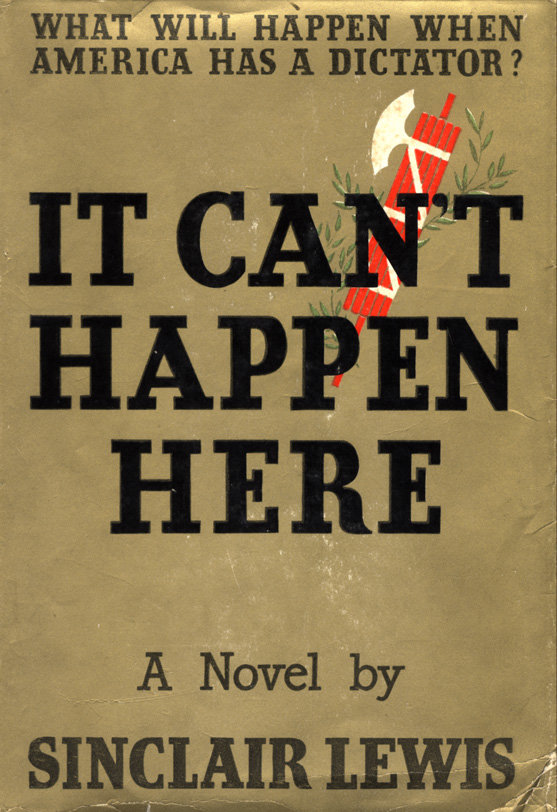
33. "Sinclair Lewis, Suggested Bookplates: No. 8," New York Evening Post Literary Review, n.d.
